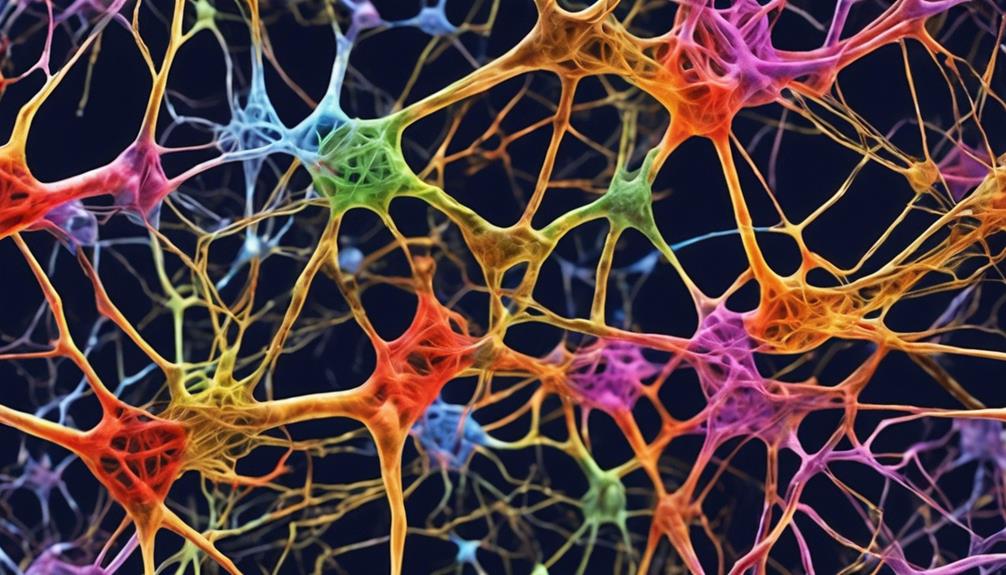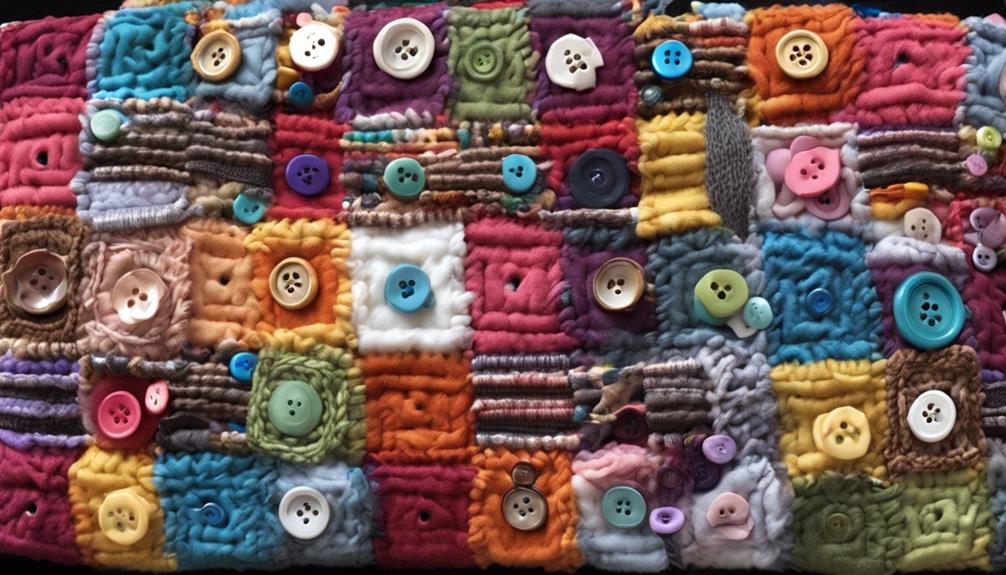When evaluating tools to monitor the advancement of dementia, it is important to analyze how effectively the Fast Score Dementia tool reflects the intricate facets of cognitive deterioration.
However, delving into the nuances of this scale unveils a comprehensive framework that aids in understanding the multifaceted nature of dementia stages.
From subtle cognitive impairments to profound functional limitations, the Fast Score Dementia offers a detailed roadmap for caregivers and healthcare professionals.
Join us in exploring how this tool can revolutionize dementia care and enhance patient outcomes.
Key Takeaways
- Tailor care plans to individual needs for better outcomes
- Identify risk factors to enhance successful interventions
- Monitor progression using FAST score for personalized care
- Utilize lifestyle modifications to improve patient well-being
Understanding Fast Score Dementia
In understanding Fast Score Dementia, we analyze the progressive stages of functional decline and cognitive impairment assessed by the FAST scale. This scale plays a crucial role in guiding caregivers to comprehend the evolving needs of individuals with dementia as they face challenges in performing daily tasks. By utilizing the FAST scale, caregivers can tailor care plans specifically suited to the unique requirements of dementia patients at each stage of the disease. Understanding the nuances of functional decline and cognitive abilities enables caregivers to provide customized care that enhances patient outcomes and quality of life.
Caregivers rely on the FAST scale to gauge the level of support necessary for dementia patients, which aids in establishing achievable goals and ensuring that interventions are timely and appropriate. This systematic approach also proves beneficial for hospice care providers as they design personalized care plans that adapt to the changing needs of individuals with dementia, ultimately enhancing the quality of care provided.
Causes and Risk Factors

Understanding the various causes and risk factors associated with dementia is crucial for early detection and effective management of the condition. Dementia can stem from various sources, including Alzheimer's disease, vascular dementia, Lewy body dementia, and frontotemporal dementia. Risk factors for developing dementia encompass aging, family history of dementia, cardiovascular disease, genetic predispositions, brain injuries, and lifestyle factors such as lack of physical activity and poor dietary habits. Recognizing specific causes and risk factors enables healthcare professionals to tailor interventions for each individual, enhancing the likelihood of successful outcomes. Early identification of these factors can lead to timely interventions that may help slow down the progression of the disease. Below is a table summarizing some of the key causes and risk factors associated with dementia:
| Causes | Risk Factors |
|---|---|
| Alzheimer's | Aging |
| Vascular dementia | Family history of dementia |
| Lewy body dementia | Cardiovascular disease |
| Frontotemporal dementia | Genetic factors |
| Brain injuries |
Symptoms and Progression
Tracking the progression of dementia symptoms is essential for caregivers to provide appropriate support and interventions for patients. Symptoms of dementia can range from mild forgetfulness to severe cognitive impairment.
The FAST score is a valuable tool in monitoring functional decline, with Stage 7 indicating total dependence and severe cognitive decline. Caregivers rely on the FAST score to understand the evolving needs of individuals with dementia accurately.
Regular monitoring using the FAST score is crucial for tracking disease progression effectively. By observing changes in symptoms and progression through the FAST score, caregivers can tailor care plans to meet the specific requirements of patients at different stages of dementia.
Understanding the trajectory of cognitive decline allows caregivers to anticipate and address challenges proactively, ensuring that individuals with dementia receive the best possible care and support throughout the course of their illness.
Diagnosis and Evaluation

Utilizing the FAST Scale is essential in assessing functional decline and planning care for individuals with dementia. This tool allows caregivers to track the progression of the disease and tailor personalized care plans to meet the specific needs of dementia patients. Here are three key points to consider when utilizing the FAST Scale:
- Stages of Decline: The FAST Scale consists of 7 stages, each representing a different level of functional decline, from no difficulty to total dependence in daily tasks. Caregivers can use these stages to evaluate cognitive and physical abilities over time accurately.
- Identification of Progression: By regularly assessing dementia patients using the FAST Scale, caregivers can identify the progression of the disease. This information is crucial in determining the appropriate level of care and support needed for each individual.
- Planning Care: Understanding the FAST Scale enables caregivers to develop personalized care plans that address the specific challenges faced by dementia patients at different stages of the disease. This tailored approach ensures that individuals receive the support they need to maintain their quality of life.
Treatment and Management
Treatment and management of dementia aim to enhance symptom control and improve the overall quality of life for individuals affected by the condition. Utilizing tools like the FAST scale and other functional assessment tools can aid in tracking cognitive decline and developing effective care plans.
Dementia management often involves a combination of treatment strategies, including medication, therapy, and lifestyle modifications such as cognitive stimulation, physical activity, and social engagement. Caregiver education and support groups are crucial components in providing comprehensive care.
Regular monitoring of symptoms allows for timely adjustments in treatment plans to optimize outcomes. By focusing on enhancing quality of life through personalized care plans and involving caregivers in the process, individuals with dementia can experience improved well-being and functional abilities.
Emphasizing lifestyle modifications and ensuring a supportive environment are essential aspects of dementia management that contribute to overall patient satisfaction and well-being.
Frequently Asked Questions
What Is Fast Score for Dementia?
We assess functional decline in all forms of dementia using the FAST score, a tool with 7 stages from no impairment to total dependence. It helps us plan and understand care needs.
The score tracks cognitive and physical abilities, aiding in monitoring decline. We, as caregivers, rely on the FAST score to tailor care plans for dementia patients.
It's essential for us to comprehend the FAST score to assess patients' functional status accurately and provide suitable care.
What Is Fast 7 Criteria for Hospice?
When considering hospice eligibility, Fast 7 criteria indicate the most severe stage of dementia, requiring extensive assistance for basic functions. This stage often involves loss of ambulatory ability and communication limitations.
Fast 7 criteria typically prompt consideration for hospice care, focusing on end-of-life comfort and support. Meeting these criteria signifies a significant decline in the patient's condition, necessitating specialized care to ensure their quality of life in this critical phase.
What Is the Life Expectancy of Someone With Rapid Onset Dementia?
We must understand that life expectancy in rapid onset dementia cases can vary significantly due to various factors.
It's crucial to consider the underlying cause and individual health conditions when predicting survival time.
Individuals with rapid onset dementia may experience a more aggressive decline in cognitive and physical functions, potentially leading to a shorter lifespan.
Tailored care and support from caregivers and healthcare providers are essential to enhance the well-being of those with this condition.
How Do You Score a Fast Assessment?
We score a FAST assessment by observing and evaluating a patient's daily activities to assess their level of independence. This involves looking at specific criteria for each stage of the scale, focusing on tasks like dressing, eating, and communication.
A higher score indicates greater functional impairment and the need for more assistance. Caregivers use the FAST score to monitor changes in a patient's abilities over time and adjust care plans accordingly.
Conclusion
In conclusion, the Fast Score Dementia tool provides a structured way to track the progression of dementia, allowing for better care and management of patients.
It's ironic how a simple numerical scale can encapsulate the complex journey of cognitive decline, serving as a stark reminder of the devastating impact of this disease.
The numbers may seem clinical, but they represent the gradual loss of a person's identity and independence.









